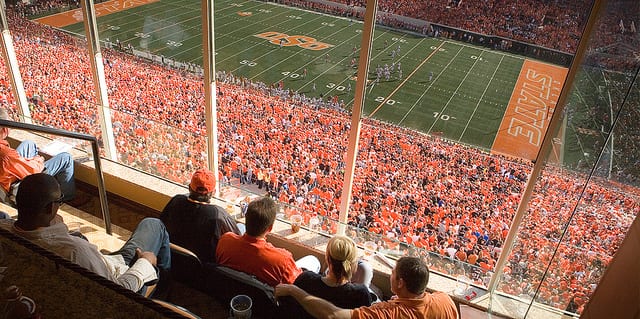by Bryce Killingsworth – August 2015 [dropshadowbox align=”right” effect=”lifted-both” width=”350px” height=”” background_color=”#ffffff” border_width=”1″ border_color=”#dddddd” ]In true collaborative spirit, this article was co-authored by Bryce Killingsworth, Development Associate in the School of Arts & Sciences, & Shane Crawford, Senior AVP of Leadership Gifts at Oklahoma State University. [/dropshadowbox]There’s a reason it’s cliche to say college athletics…Continue Reading Collaborating in Academics & Athletics: Events, Donors, and Development Professionals
Collaborating in Academics & Athletics: Events, Donors, and Development Professionals

